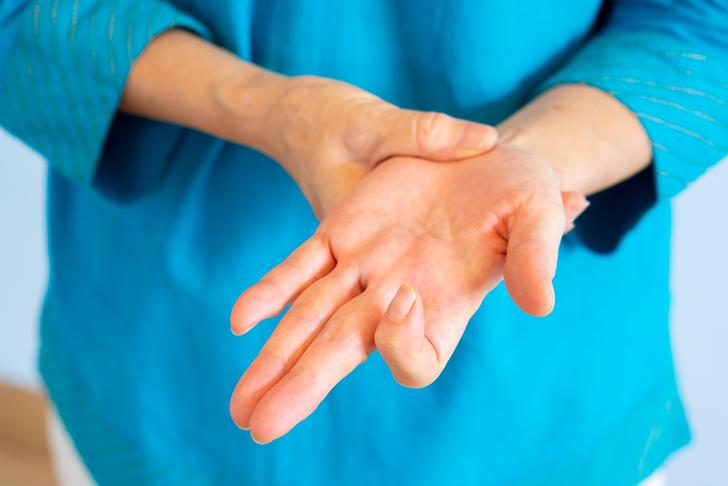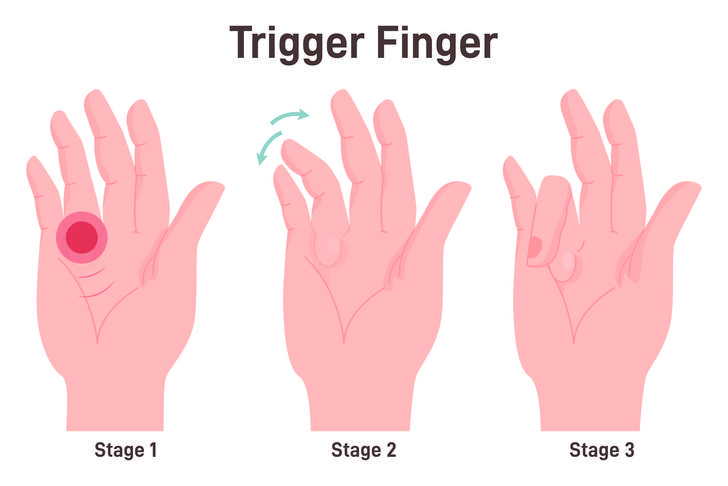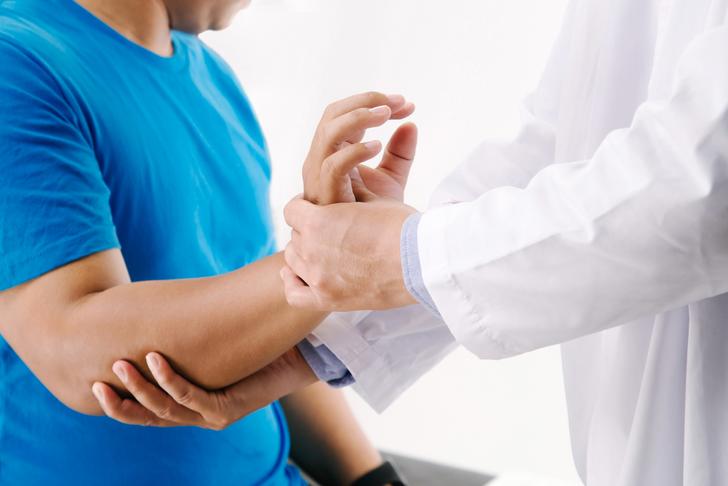What Is Trigger Finger? - Causes, Symptoms & Treatments
Trigger finger, also known as stenosing tenosynovitis, is a common hand condition that affects the tendons in the fingers and thumb. It occurs when the tendon sheath, which is the protective covering around the tendon, becomes inflamed and thickened, causing the tendon to catch or lock when trying to bend or straighten the finger. This article will discuss the causes, symptoms, and treatments for trigger finger.
Repetitive Strain
One of the primary causes of trigger finger is repetitive strain on the fingers and thumb. Activities that require prolonged gripping or repetitive hand movements, such as using tools, playing musical instruments, or typing, can lead to inflammation and thickening of the tendon sheath [[1]]. Over time, this can cause the tendon to catch or lock when trying to bend or straighten the finger.

Advertisement
Medical Conditions
Certain medical conditions can increase the risk of developing trigger finger. People with diabetes, rheumatoid arthritis, or gout are more likely to experience trigger finger due to the inflammation and changes in the tendons and joints associated with these conditions [[2]]. Additionally, those with carpal tunnel syndrome may also be at a higher risk for trigger finger, as both conditions involve inflammation of the tendons in the hand.

Advertisement
Age and Gender
Trigger finger is more common in people aged 40 to 60 and is more prevalent in women than in men [[3]]. The exact reason for this is not well understood, but it may be related to hormonal changes, differences in hand anatomy, or a higher prevalence of certain medical conditions in women.

Advertisement
Symptoms
The symptoms of trigger finger can vary in severity and may include:
- Pain at the base of the affected finger or thumb
- Stiffness or limited movement in the finger or thumb
- A clicking or popping sensation when moving the finger or thumb
- Finger or thumb locking in a bent position, which may require manual manipulation to straighten
In some cases, a small bump or nodule may be felt at the base of the affected finger or thumb, which is the inflamed tendon catching on the tendon sheath [[2]].

Advertisement
Treatments
Treatment for trigger finger depends on the severity of the condition and may include:
- Rest: Avoiding activities that cause pain or exacerbate symptoms can help reduce inflammation and promote healing.
- Splinting: Wearing a splint to keep the affected finger or thumb in a straight position can help reduce irritation and allow the tendon to heal.
- Nonsteroidal anti-inflammatory drugs (NSAIDs): Over-the-counter medications such as ibuprofen or naproxen can help reduce pain and inflammation.
- Steroid injections: Corticosteroid injections into the tendon sheath can help reduce inflammation and improve symptoms in many cases [[3]].
- Physical therapy: A physical therapist can recommend exercises and stretches to help improve finger mobility and reduce symptoms.
In severe cases or when conservative treatments are not effective, surgery may be necessary to release the tendon sheath and allow the tendon to move freely [[1]].
In conclusion, trigger finger is a common hand condition that can cause pain, stiffness, and limited movement in the affected finger or thumb. It is often caused by repetitive strain, medical conditions, or age and gender factors. Treatment options for trigger finger range from rest and splinting to steroid injections and surgery, depending on the severity of the condition. If you suspect you have trigger finger, consult with a healthcare professional for an accurate diagnosis and appropriate treatment plan.

Advertisement





